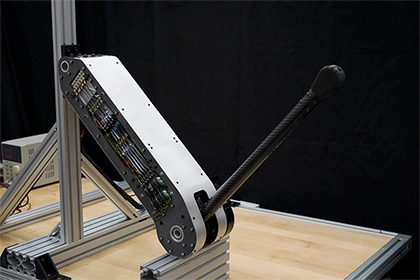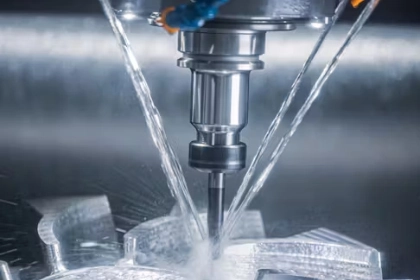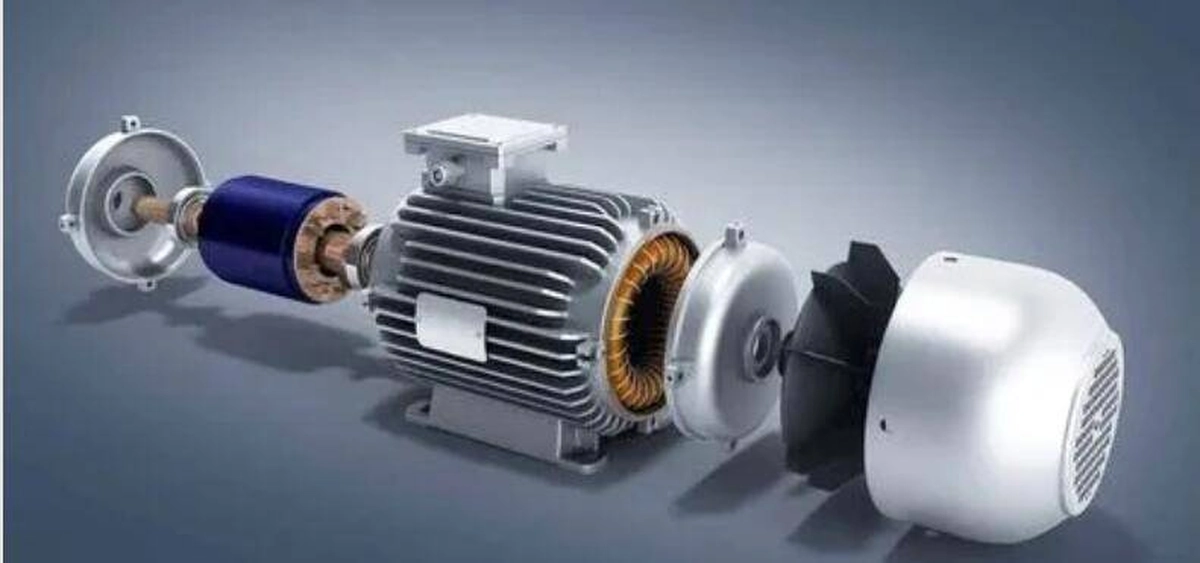- +86 19149417743
- Zhengzhou, Henan Province, China
- Mon-fri: 8am - 7pm
Get a quote
Servo Motor: Servo motors are controlled in a closed-loop system, which means they continuously receive feedback about their actual position and adjust their movement accordingly. They use a position feedback device, such as an encoder or resolver, to provide accurate position information to the control system. This allows for precise control of position, velocity, and acceleration.
Stepper Motor: Stepper motors are controlled in an open-loop system, which means they do not have continuous feedback on their position. Instead, they receive a series of electrical pulses, and each pulse causes the motor to move a specific step angle. The control system assumes that each pulse corresponds to a specific position, but it does not verify the motor's actual position. Stepper motors are commonly used for applications that require precise positioning and low-speed control.
Servo Motor: Servo motors provide smooth and continuous rotation. They can achieve high speeds and offer excellent dynamic performance, making them suitable for applications that require rapid changes in speed or direction. Servo motors are capable of precise position control and can maintain position accuracy even under varying loads.
Stepper Motor: Stepper motors move in discrete steps or increments, usually in increments of 1.8° (for motors with full steps). The step angle can be divided further using microstepping techniques. Stepper motors are known for their ability to hold position without power and their high torque at low speeds. They are commonly used in applications that require precise positioning, such as 3D printers, CNC machines, and linear actuators.
Servo Motor: Controlling a servo motor requires more complex control algorithms and a closed-loop feedback system to continuously monitor and adjust the motor's position. This can involve PID (Proportional-Integral-Derivative) control or other advanced control techniques to optimize performance.
Stepper Motor: Controlling a stepper motor is relatively simpler since it operates in an open-loop system. The control system only needs to provide the appropriate sequence of pulses to move the motor by a desired number of steps. The control system does not need to monitor the motor's position continuously.
 2024-08-30 16:01:40
Engineering
2024-08-30 16:01:40
Engineering
 2024-07-26 14:09:13
Engineering
2024-07-26 14:09:13
Engineering
 2024-07-18 09:42:00
Engineering
2024-07-18 09:42:00
Engineering